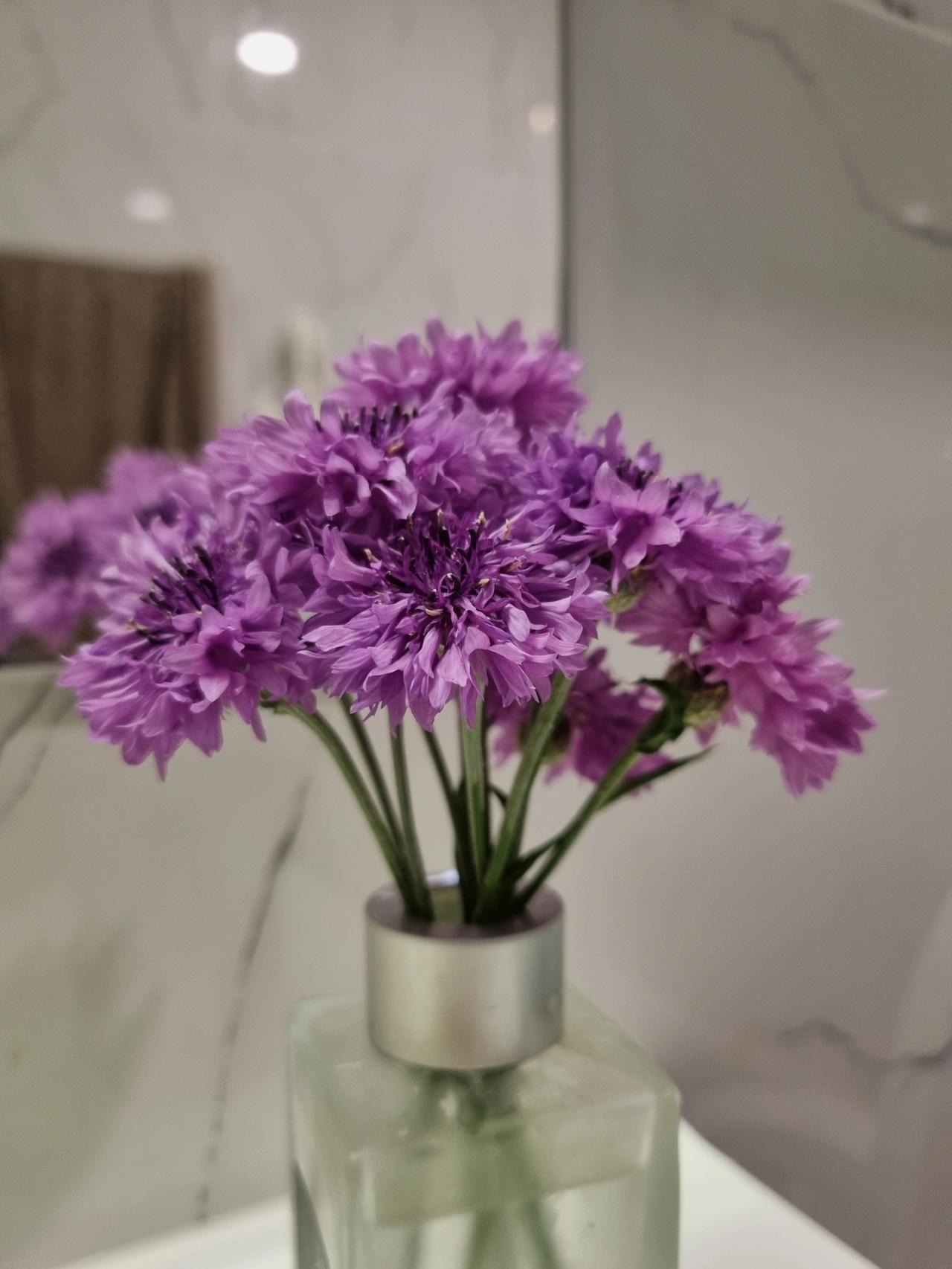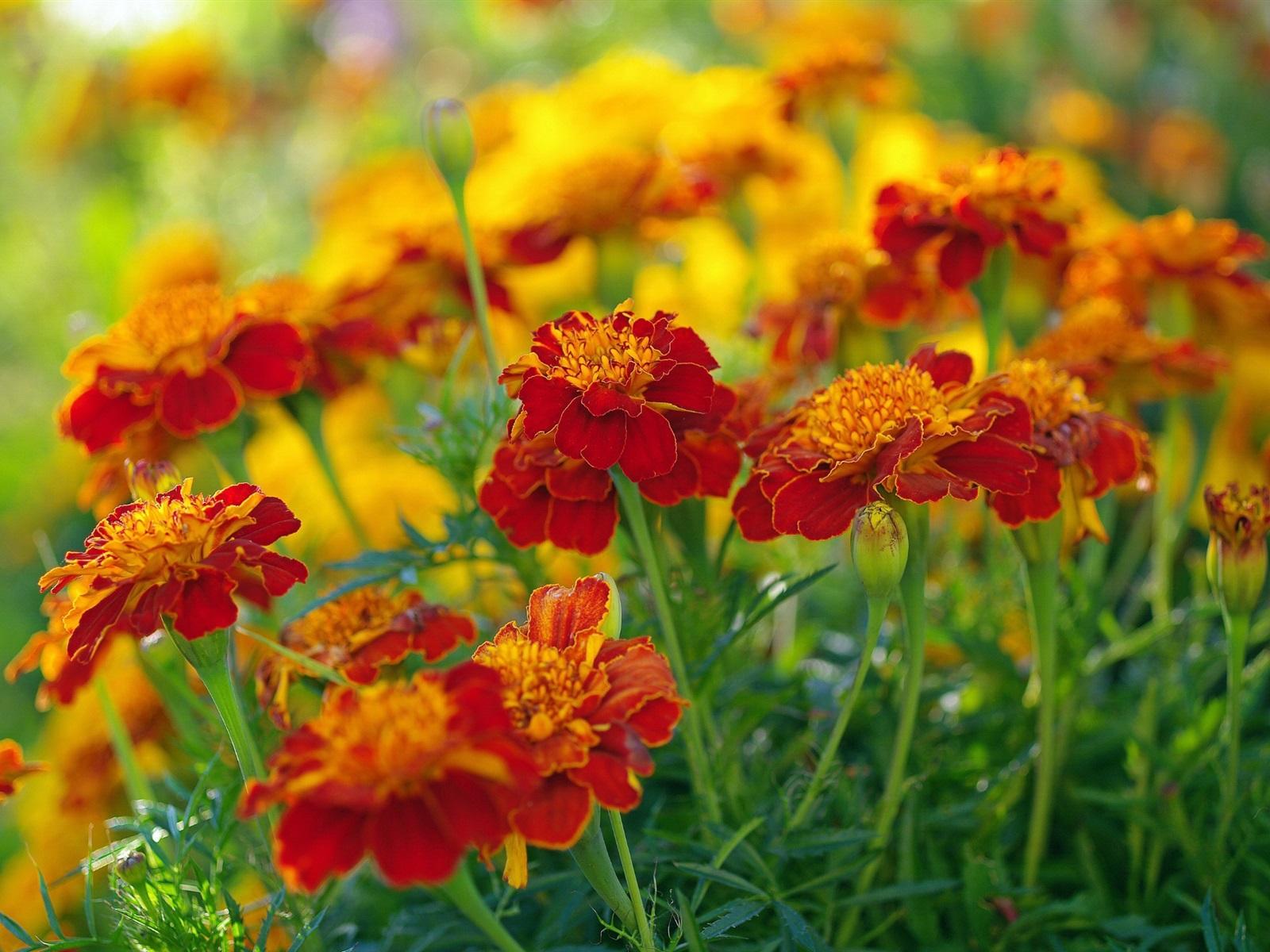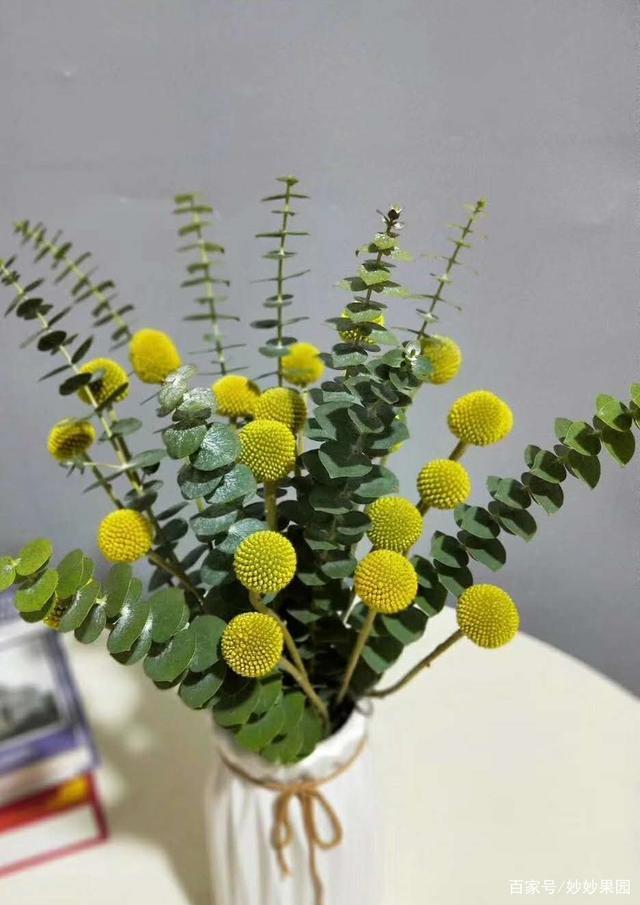Brassicaceae, also known as the mustard family, has an interesting story. The family includes over 4,000 species of flowering plants, including popular vegetables like broccoli, cabbage, and kale. But the most fascinating member of the family is Arabidopsis thaliana, a small flowering plant that has become a model organism for genetics research. Arabidopsis is so well-studied that its entire genome has been mapped, and scientists use it to study gene expression, plant development, and response to environmental stresses. The mustard family’s adaptability and genetic diversity make it a valuable resource for bioengineering, and continued research on these plants could lead to new breakthroughs in agricultural practices and medicine.
Picture
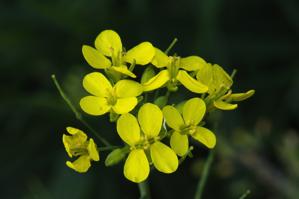
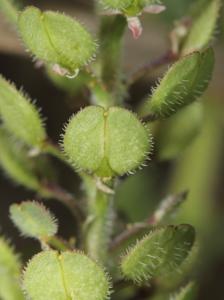
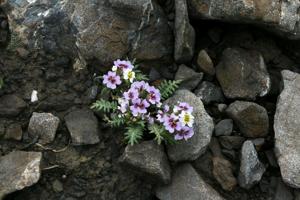
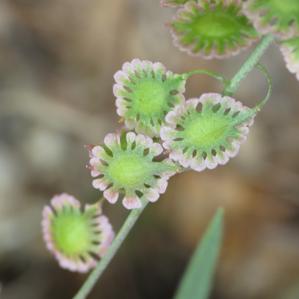
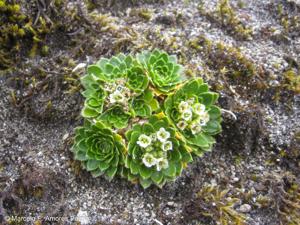
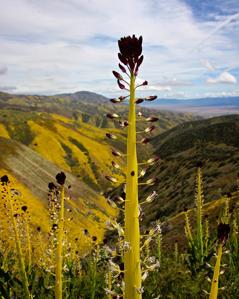
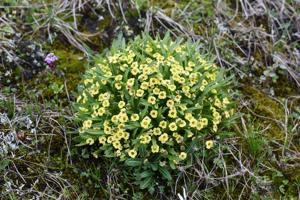
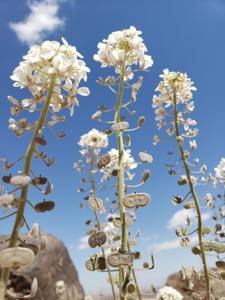
Plant some seeds now!
Short Description
Brassicaceae (/ˌbræsɪˈkeɪsiːˌiː, -siˌaɪ/) or (the older) Cruciferae (/kruːˈsɪfəri/) is a medium-sized and economically important family of flowering plants commonly known as the mustards, the crucifers, or the cabbage family. Most are herbaceous plants, while some are shrubs. The leaves are simple (although are sometimes deeply incised), lack stipules, and appear alternately on stems or in rosettes. The inflorescences are terminal and lack bracts. The flowers have four free sepals, four free alternating petals, two shorter free stamens and four longer free stamens. The fruit has seeds in rows, divided by a thin wall (or septum).
The family contains 372 genera and 4,060 accepted species. The largest genera are Draba (440 species), Erysimum (261 species), Lepidium (234 species), Cardamine (233 species), and Alyssum (207 species).
The family contains the cruciferous vegetables, including species such as Brassica oleracea (cultivated as cabbage, kale, cauliflower, broccoli and collards), Brassica rapa (turnip, Chinese cabbage, etc.), Brassica napus (rapeseed, etc.), Raphanus sativus (common radish), Armoracia rusticana (horseradish), but also a cut-flower Matthiola (stock) and the model organism Arabidopsis thaliana (thale cress).
Pieris rapae and other butterflies of the family Pieridae are some of the best-known pests of Brassicaceae species planted as commercial crops. Trichoplusia ni (cabbage looper) moth is also becoming increasingly problematic for crucifers due to its resistance to commonly used pest control methods. Some rarer Pieris butterflies, such as P. virginiensis, depend upon native mustards for their survival in their native habitats. Some non-native mustards such as Alliaria petiolata (garlic mustard), an extremely invasive species in the United States, can be toxic to their larvae.
Description
Ricotia lunaria
Species belonging to the Brassicaceae are mostly annual, biennial, or perennial herbaceous plants, some are dwarf shrubs or shrubs, and very few vines. Although generally terrestrial, a few species such as water awlwort live submerged in fresh water. They may have a taproot or a sometimes woody caudex that may have few or many branches, some have thin or tuberous rhizomes, or rarely develop runners. Few species have multi-cellular glands. Hairs consist of one cell and occur in many forms: from simple to forked, star-, tree- or T-shaped, rarely taking the form of a shield or scale. They are never topped by a gland. The stems may be upright, rise up towards the tip, or lie flat, are mostly herbaceous but sometimes woody. Stems carry leaves or the stems may be leafless (in Caulanthus), and some species lack stems altogether. The leaves do not have stipules, but there may be a pair of glands at base of leaf stalks and flower stalks. The leaf may be seated or have a leafstalk. The leaf blade is usually simple, entire or dissected, rarely trifoliolate or pinnately compound. A leaf rosette at the base may be present or absent. The leaves along the stem are almost always alternately arranged, rarely apparently opposite. The stomata are of the anisocytic type. The genome size of Brassicaceae compared to that of other Angiosperm families is very small to small (less than 3.425 million base pairs per cell), varying from 150 Mbp in Arabidopsis thaliana and Sphaerocardamum spp., to 2375 Mbp Bunias orientalis. The number of homologous chromosome sets varies from four (n=4) in some Physaria and Stenopetalum species, five (n=5) in other Physaria and Stenopetalum species, Arabidopsis thaliana and a Mathiola species, to seventeen (n=17). About 35% of the species in which chromosomes have been counted have eight sets (n=8). Due to polyploidy, some species may have up to 256 individual chromosomes, with some very high counts in the North American species of Cardamine, such as C. diphylla. Hybridisation is not unusual in Brassicaceae, especially in Arabis, Rorippa, Cardamine and Boechera. Hybridisation between species originating in Africa and California, and subsequent polyploidisation is surmised for Lepidium species native to Australia and New Zealand.
Inflorescence and flower
Typical floral diagram of a Brassicaceae (Erysimum “Bowles’ Mauve”)Flowers may be arranged in racemes, panicles, or corymbs, with pedicels sometimes in the axil of a bract, and few species have flowers that sit individually on flower stems that spring from the axils of rosette leaves. The orientation of the pedicels when fruits are ripe varies dependent on the species. The flowers are bisexual, star symmetrical (zygomorphic in Iberis and Teesdalia) and the ovary positioned above the other floral parts. Each flower has four free or seldom merged sepals, the lateral two sometimes with a shallow spur, which are mostly shed after flowering, rarely persistent, may be reflexed, spreading, ascending, or erect, together forming a tube-, bell- or urn-shaped calyx. Each flower has four petals, set alternating with the sepals, although in some species these are rudimentary or absent. They may be differentiated into a blade and a claw or not, and consistently lack basal appendages. The blade is entire or has an indent at the tip, and may sometimes be much smaller than the claws. The mostly six stamens are set in two whorls: usually the two lateral, outer ones are shorter than the four inner stamens, but very rarely the stamens can all have the same length, and very rarely species have different numbers of stamens such as sixteen to twenty four in Megacarpaea, four in Cardamine hirsuta, and two in Coronopus. The filaments are slender and not fused, while the anthers consist of two pollen producing cavities, and open with longitudinal slits. The pollen grains are tricolpate. The receptacle carries a variable number of nectaries, but these are always present opposite the base of the lateral stamens.

